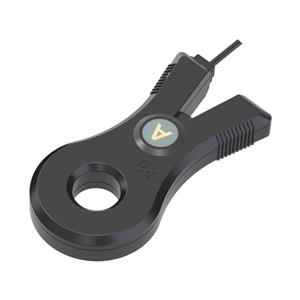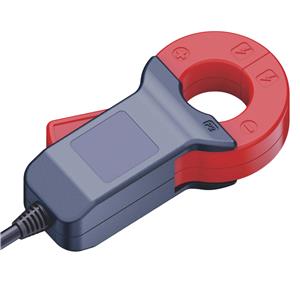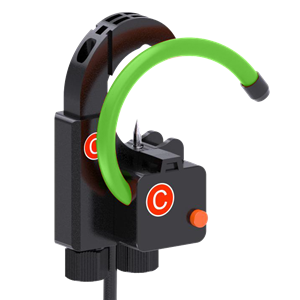Lead wire CT
Lead wire CT refers to a current transformer that is used to measure high currents in electrical systems. It is a device designed to transform high currents into a proportional lower current that can be easily measured and monitored. This article will explore the concept and applications of lead wire CT in various industries.
Lead wire CTs are commonly used in power distribution systems and industrial settings where high currents need to be accurately measured for monitoring and control purposes. These transformers consist of a primary winding connected in series with the circuit carrying the high current, and a secondary winding connected to a measuring instrument or a control device.
The primary winding of a lead wire CT is typically made of a heavy-duty conductor, such as a copper busbar, that is capable of carrying high currents without significant voltage drop or power loss. The secondary winding, on the other hand, is made of a finer wire that can handle the lower current levels required for measurement or control.
Lead wire CTs operate based on the principle of electromagnetic induction. When a high current flows through the primary winding, it generates a magnetic field that induces a proportional current in the secondary winding. The ratio between the primary and secondary currents is determined by the turns ratio of the transformer.
The secondary current produced by the lead wire CT is typically much smaller than the primary current, making it easier to measure and process. This allows for accurate monitoring of high current levels without the need for expensive and complex measuring equipment. Lead wire CTs are often used in conjunction with ammeters or current relays to provide real-time information about the electrical system's operating conditions.
Lead wire CTs find applications in various industries, including power generation, transmission, and distribution. They are used to monitor currents in electrical substations, switchgear, and industrial machinery. Lead wire CTs are also employed in renewable energy systems, such as wind and solar power plants, to measure the output of high-current generators.
In power distribution systems, lead wire CTs are often installed at the primary side of distribution transformers to monitor the load currents and protect against overcurrent conditions. They are essential components in power monitoring and control systems, helping operators and engineers to ensure the safe and efficient operation of electrical networks.
Furthermore, lead wire CTs are crucial in equipment and system performance testing. They are used to measure the current drawn by motors, generators, and transformers during testing and commissioning processes. This information allows for the evaluation of equipment performance, identification of potential issues, and optimization of system efficiency.
In conclusion, lead wire CTs are important devices used to measure high currents in electrical systems. They work based on the principle of electromagnetic induction and provide accurate and reliable measurements of current levels. With their widespread applications in power distribution, industrial operations, and performance testing, lead wire CTs play a crucial role in ensuring the safe and efficient functioning of electrical systems.




